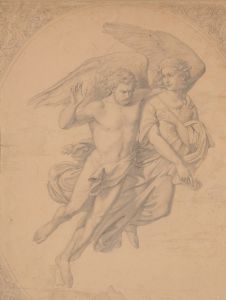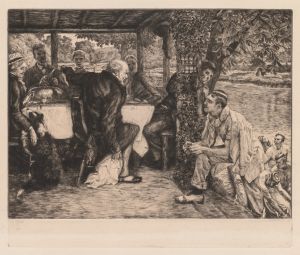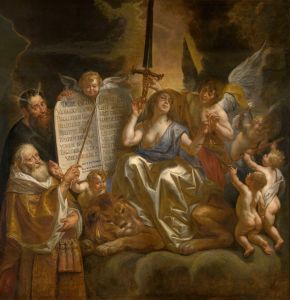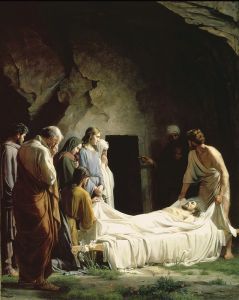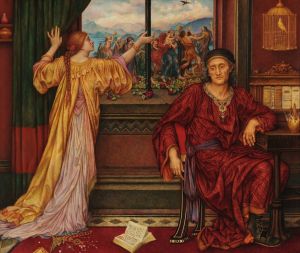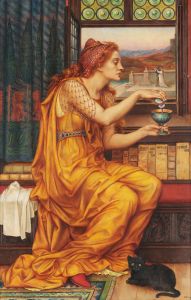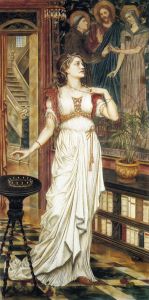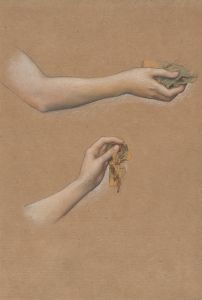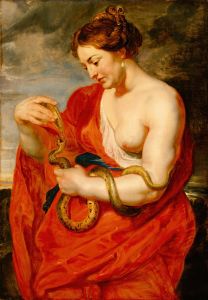
The Wandering Jew; ‘Whom the gods love die young’
A hand-painted replica of Evelyn De Morgan’s masterpiece The Wandering Jew; ‘Whom the gods love die young’, meticulously crafted by professional artists to capture the true essence of the original. Each piece is created with museum-quality canvas and rare mineral pigments, carefully painted by experienced artists with delicate brushstrokes and rich, layered colors to perfectly recreate the texture of the original artwork. Unlike machine-printed reproductions, this hand-painted version brings the painting to life, infused with the artist’s emotions and skill in every stroke. Whether for personal collection or home decoration, it instantly elevates the artistic atmosphere of any space.
Evelyn De Morgan's painting The Wandering Jew; ‘Whom the gods love die young’ is a work by the British Pre-Raphaelite artist Evelyn De Morgan (1855–1919). Known for her allegorical and symbolist themes, De Morgan often explored spiritual, moral, and philosophical ideas in her art. This painting is one of her many works that reflect her interest in themes of mortality, redemption, and the human condition.
The painting depicts the figure of the Wandering Jew, a legendary character from Christian folklore. According to the legend, the Wandering Jew was condemned to roam the earth until the Second Coming of Christ as punishment for mocking or rejecting Jesus during his crucifixion. The title of the painting incorporates the phrase "Whom the gods love die young," a quotation attributed to the ancient Greek playwright Menander, which suggests that those favored by the divine are spared the suffering of a long earthly life. This juxtaposition of the immortal Wandering Jew with the idea of an early, divinely favored death underscores the painting's exploration of eternal life as both a curse and a burden.
De Morgan's style in this painting reflects her characteristic use of rich colors, intricate details, and symbolic imagery. The figure of the Wandering Jew is often portrayed as weary and burdened, symbolizing the weight of his eternal punishment. The composition and visual elements of the painting likely draw on De Morgan's deep engagement with spiritual and esoteric ideas, as well as her interest in the Pre-Raphaelite movement's emphasis on narrative and moral themes.
The exact date of the painting's creation is not definitively documented, but it is consistent with De Morgan's broader body of work, which spanned the late 19th and early 20th centuries. Evelyn De Morgan was a prominent artist of her time, and her works often conveyed her pacifist and spiritualist beliefs, as well as her advocacy for social reform.
The painting is part of the collection managed by the De Morgan Foundation, an organization dedicated to preserving and promoting the works of Evelyn De Morgan and her husband, the ceramicist William De Morgan. The foundation holds a significant number of her paintings and provides access to her work through exhibitions and educational programs.
Further details about the specific interpretation or reception of The Wandering Jew; ‘Whom the gods love die young’ are limited, as the painting is not as widely studied or documented as some of De Morgan's other works.





